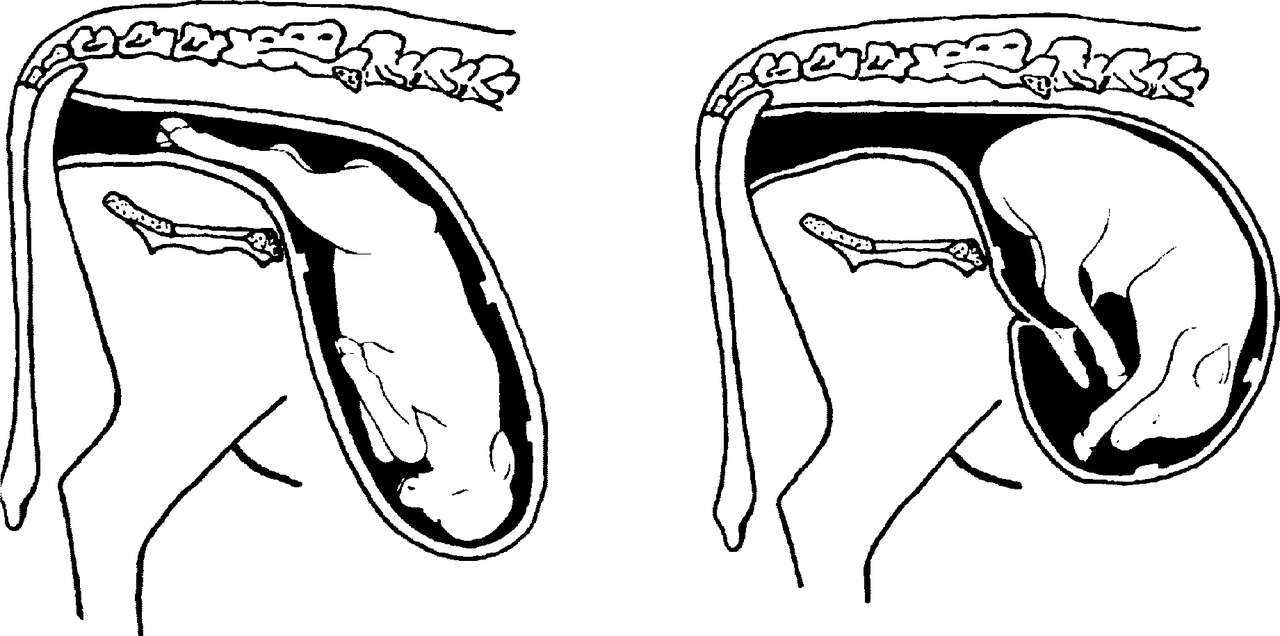Reproduction in Cattle
1. Male Reproductive System (Bull)
The male reproductive organs produce the male gametes,the spermatozoans.
The reproductive system(bull) iscompsed of the following parts;
i). Testes
ii). Epididymis
iii). Sperm ducts
iv). Accessory glands(Seminal vesicles and prostrate glands)
v). Penis
The testis:
- There are two testes hanging loosely between hind legs.
Enclosed by loose skin (scrotum)scrotum regulate temperature of testis for optimum production of sperms.
- Produce spermatozoa(sperms)which are stored in coiled tube called epididymis.
Epididymis: Storage of spermatozoa.
Sperm ducts:
- Conveys sperm from the testis and urine through the penis.
- sphincter muscles contract to allow each to pass separetly.
Seminal vesicles produce fluid called semen. Semen carries sperms out of penis in fluid form.
Semen contains nutrients to the spermatozoan.
Prostate gland -produce fluid that neutralize the acidic effects of urine in the urethra preventing death of sperms.
Accessory glands: Include seminal vesicles cowpers gland and prostate gland. Urethra: Conveys urine and semen.One sperm fertlizes ovum
Penis:
- Surrounded by a sheath which is an extension of skin.
- It introduces sperms into the vagina of a cow through the vulva during mating.
- It is a copulatory organ, also used for urination.
2. The Female Reproductive System(Cow)
the reproductive systemm of a cow is composed of;
i). Ovaries
ii). Fallopian tubes
iii). Vagina
iv). Vulva
v). Uterus
Ovaries and fallopian tubes(oviduct)
Two ovaries located in abdomen, left and right. Produce ova/eggs and hormones which control sexual cycle. Oestrogen produced by graafian follicle inside ovary induces oestrus i.e. Heat period so that the cow shows signs of heat. The hormone oestrogen is produced under the influence of other hormone called the Follicle stimulating hormone.
After every 21 days the ovary releases a mature ovum and the cow comes on heat. The ovum travels through the fallopian tubes to the uterus.
The release and movement of the ovum down to the uterus is called ovulation. If mating is done at this time, fertilization will take place.
The fertilized egg implants itself onto the endometrium(walls of uterus)and develops into foetus.
Fallopian tubes:
Fertilization takes place here. Also a passage for the egg from the ovary to the uterus.
The uterus:
Implantation takes place here and also embryo develops here.
The cervix of the uterus: Closes the uterus.
The vagina and Vulva:
Vulva is the external opening of female reproductive system.
It allows mating to take place so that sperms are deposited into the vagina.
The foetus and urine are removed through the vulva.
Pregnancy
is period between fertilization of ova and the expulsion of the foetus through the vulva. Also called gestation period. In cattle gestation period is 270-285 days. Ends with the birth of a calf.
The reproductive tract undergoes a period of rest during which it is repaired and returns to normal. During pregnancy, hormone called progesterone is produced by the placenta to maintain the foetus in the uterus.
| Animal | Length of days |
| Cow | 270-285 Days |
| Sow | 113-117 |
| Ewe/Goat | 150 |
| Rabbit | 28-32 |
Parturition
Act of giving birth called parturition. This time the foetus expelled through the birth canal.
When an animal is about to give birth, it shows signs;-
- Distended udder which produces thick milky fluid called colostrums.
- Swollen vulva producing thick mucus like discharge.
- Loose and slackened pelvic girdle.
- Visible pin bones.
- General restlessness.
Animal parturates within 2-3 hours after this signs. The correct presentation is with the front feet first ,and the head outstretched and resting in between the feet.
Any other presentation called mal-presentation or breech presentation and requires assistance.


Normal Presentation
